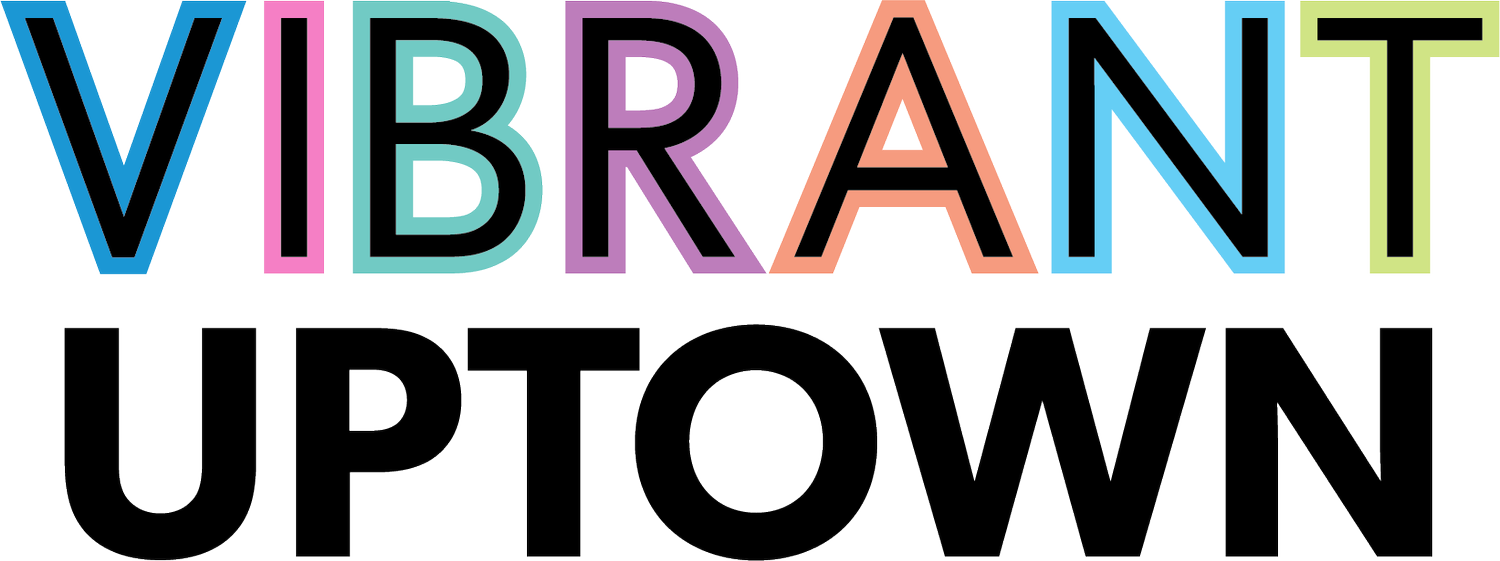Questions YOU’VE ASKED US
As we continue to meet with community groups to discuss the potential for returning streetcars to our streets, there are a number of questions that come up on a regular basis. We will try and address some of those with quick responses in this blog entry, others may require a full blog on their own.
Recognize that these responses represent our initial opinions and may change over time as we get more input from community groups and other stakeholders. We encourage both comments on the blog as well as sending us questions you want us to research or provide a point of view. Send these to vibrantuptown@gmail.com and we will get to them as quickly as we can.
Q: Why build out a streetcar system?
A: There are a number of reason why we think this is a good idea.
It is reliable: This is dedicated infrastructure installed on dedicated rails. It is unlikely to be “held up in traffic” or rerouted. The technology is well proven. Well run, the system should provide reliable transportation on a fixed schedule.
It is local: A streetcar is grade level transport, meaning the cars run at street level. It runs relatively slowly with stops every few blocks. this makes it very convenient to “hop on, hop off” to travel between businesses in the service area. While it may connect to regional transit, such as the Trolley system, its function is local transport within and between adjacent neighborhoods.
It supports development: As a neighborhood grows, people who don’t want to take a car out for every trip will decide to live near a transit line or stop. The is attractive to business and spurs development of homes, restaurants, grocery , entertainment and retail along the route. The neighborhood revitalization is a strong benefit for this investment in local transit.
It’s cool: OK, entirely subjective, but we think so! the contribution to a cool, vibrant live, work and play neighborhood is a big plus when you are looking for someplace to live and work.
Q: Will we have to have overhead wires (catenary)
A: Not necessarily. As San Diego works, albeit slowly, to underground our power wies and other utility cables it would seem to be counterproductive to add more overhead wires. There are alternatives, as well as designs that make the catenary lines much less intrusive. Several cities in the EU are beginning to use an in ground electrified rail. These are far less dangerous than the traditional electrified rail as they are only powered when the streetcar is directly on top of the rail. Thee are battery EV solutions as well that can be considered. This is a conversation that will need to be discussed with project engineers to determine the feasibility and cost of various approaches.
Q: Will the streetcar system be built along the legacy track routes?
A: This is always a fun topic when we present this concept. Streetcars are cool until they disrupt what a neighborhood has looked like for some period of time. Remember that San Diego was originally built with a streetcar system, so this is not a new concept. The original system was removed in the late 1940s to make way for cars. As we continue to grown and some of our neighborhoods become more urbanized and crowded, we no longer have the space to add roadways or parking. Streetcars provide the means to move far more people is the same space footprint than do es a line of cars, and it more accessible than walking or biking for some users.
The new routes must take into account the current uses of our neighborhoods. A streetcar along a quiet tree lined route through a park provides far less benefit than a line through a business business and residential district. We will need to work with communities and urban planners to determine the optimal route as well as strategies to address the impact to existing traffic lanes and parking.
Q: Will the streetcar share lanes with cars, bike sand pedestrians?
A: Ideally, no. For both safety and efficiency reasons it would be best, in our opinion, for the streetcar routes to be separated from traffic lanes. This helps ensure on time operation with a minimum of delays. It reduces the opportunity for collisions and bike and pedestrians interacting with tracks in the street. We would like to consider 2 tracks in the center of the roadway to allow service to run iobn both directions and support regular maintenance of the system. These tracks could even be covered by shade structures with solar panels to help power the system.
More Q&A to come. We will be meeting with our D3 City Councilperson, Stephen Whitburn on July 9 and will report on that. We will address some topics that deserve longer answers, such as how can we afford this? and What about bus service? So more to come. We welcome you comments and suggestions!
